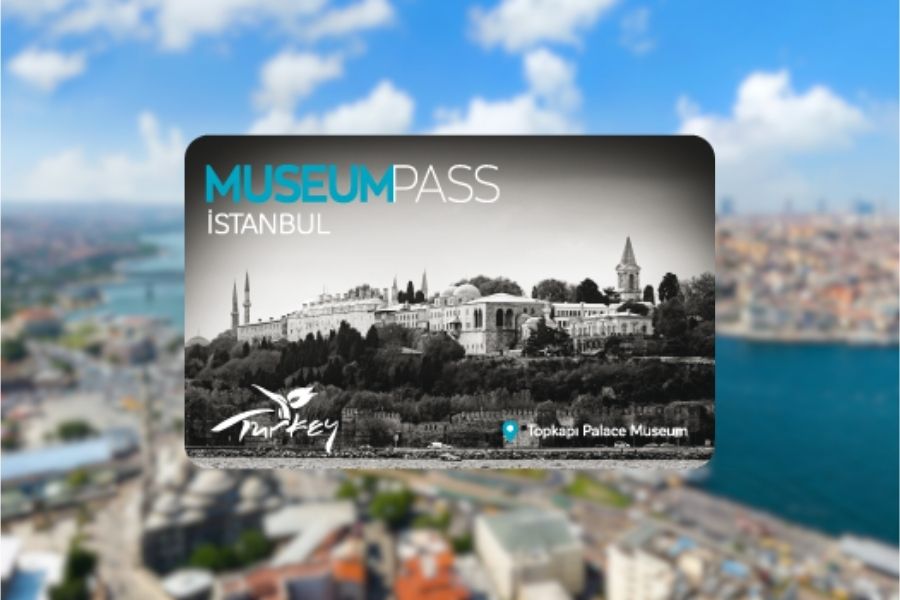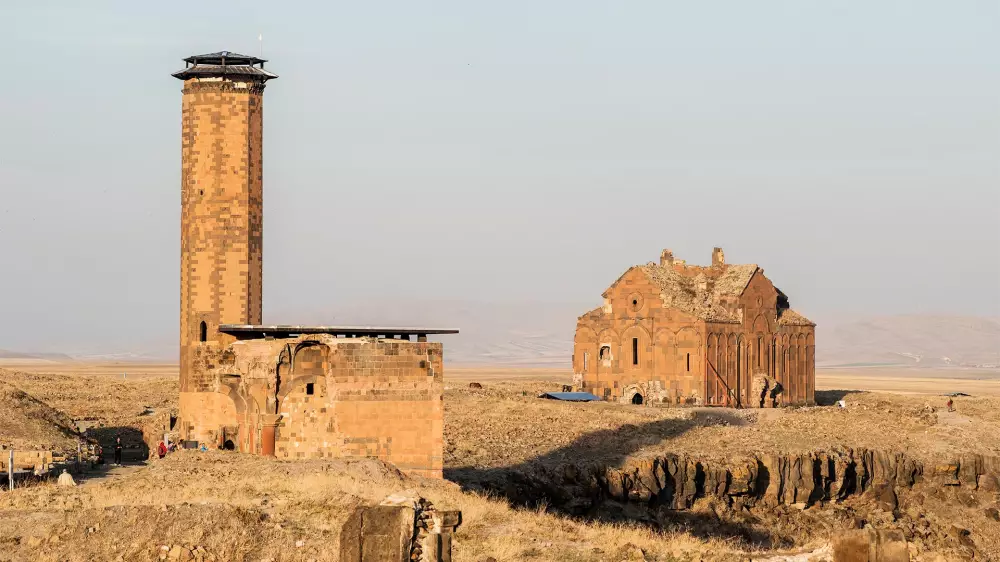
The Berlin Wall: Following the Traces of the Cold War
The Berlin Wall was constructed in 1961 by the East German government and divided the city for nearly 30 years. This wall created a physical and ideological barrier between East and West Berlin. The history of the wall reflects the tensions of the Cold War era and the conflicts between the two worlds.
Construction of the Wall and Its Effects
The construction of the wall separated families and communities, deeply affecting many people's lives. For Berliners, the wall represented much more than just a concrete structure: it was seen as a restriction of freedom and a tangible indication of an oppressive regime.
The Fall of the Wall and Its Historical Significance
The fall of the Berlin Wall in 1989 resonated worldwide and became a symbol of the end of the Cold War. With the demolition of the wall, Berlin and Germany were reunited. This event marked a significant step towards freedom and democracy in history.
Visiting the Berlin Wall
Today, remnants of the Berlin Wall can be seen throughout the city. The most famous section, the East Side Gallery, is renowned for its murals painted by artists from around the world. This gallery is filled with works that explore themes of freedom, hope, and peace.
Monuments and Museums
There are many monuments and museums in Berlin related to the Wall. The Checkpoint Charlie Museum details the history of the Wall and escape stories, while the Berlin Wall Memorial and Documentation Centre provide an in-depth examination of the Wall's history and impact.
The Lasting Legacy of the Berlin Wall
The Berlin Wall holds a significant place in the history of the city and the world. Today, the remaining parts of the Wall tell the stories of that era and offer important lessons to future generations. Visiting the Berlin Wall is an indispensable experience for anyone who wants to experience history firsthand and understand the effects of the Cold War era.



